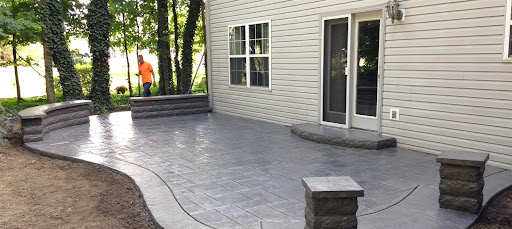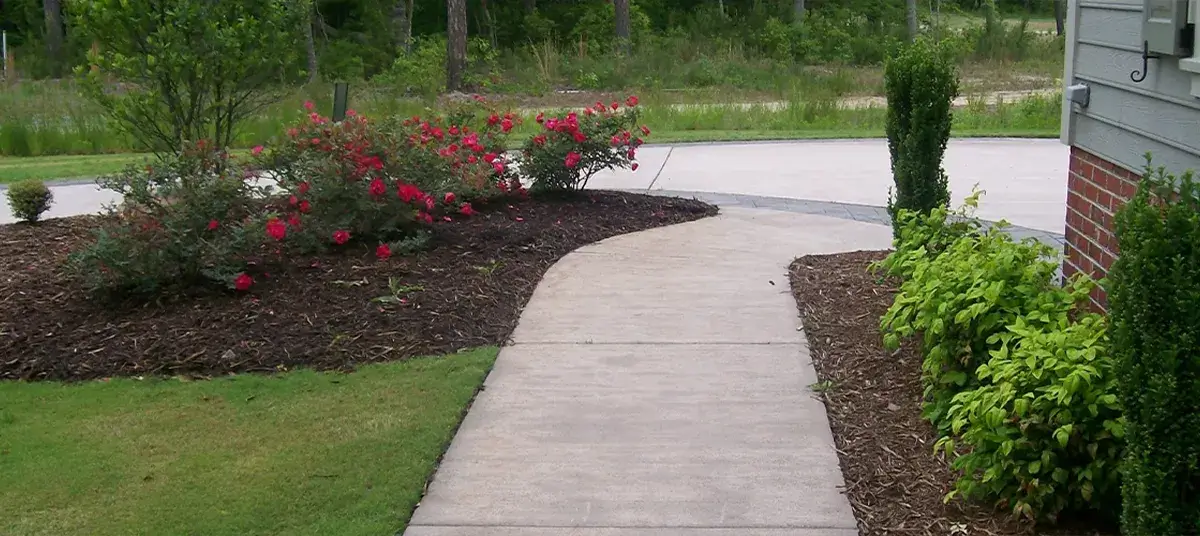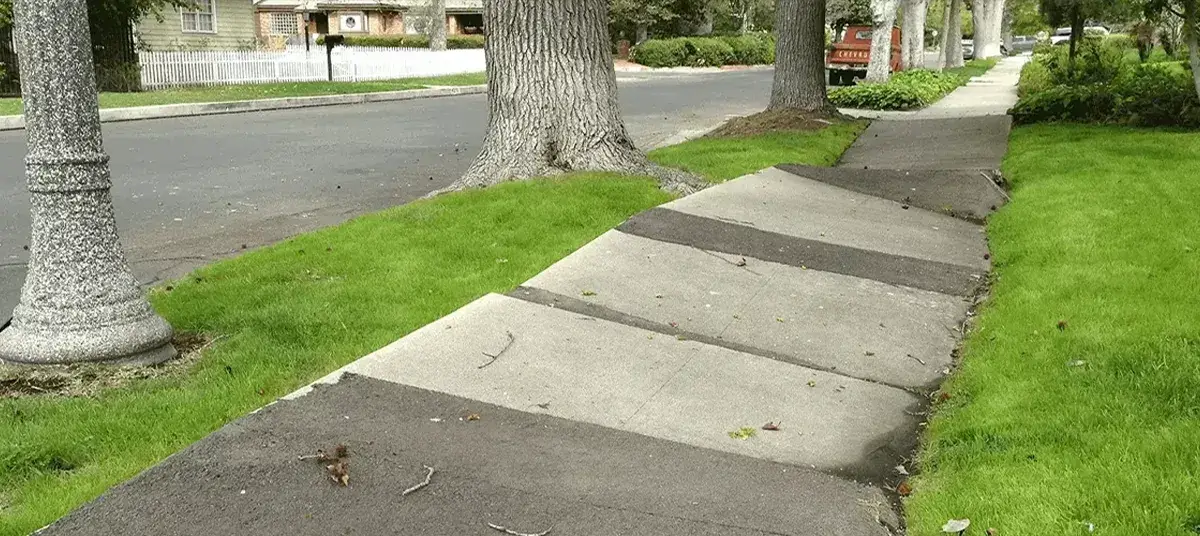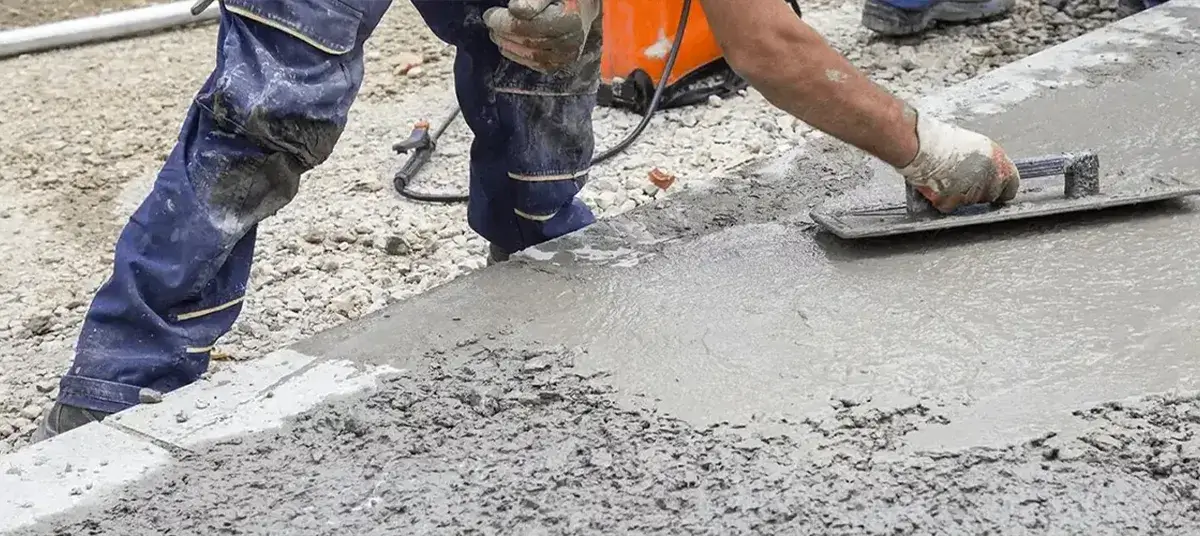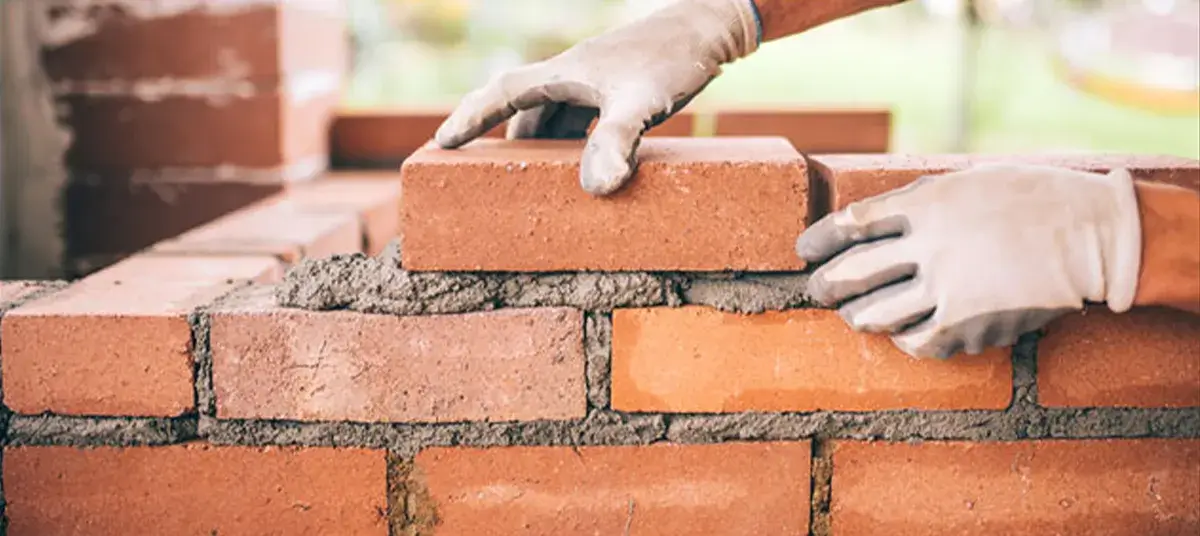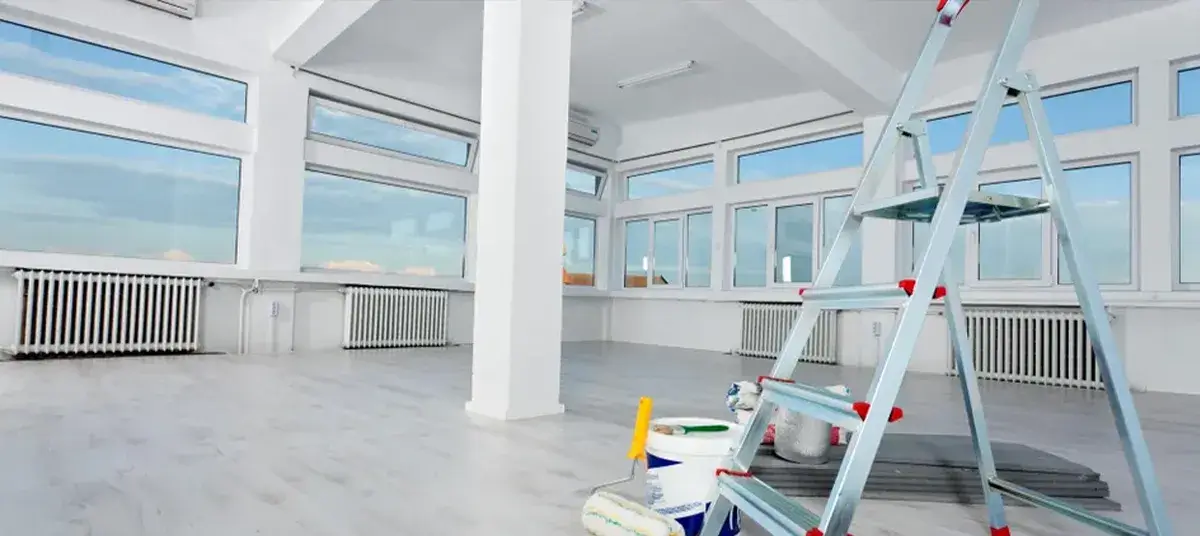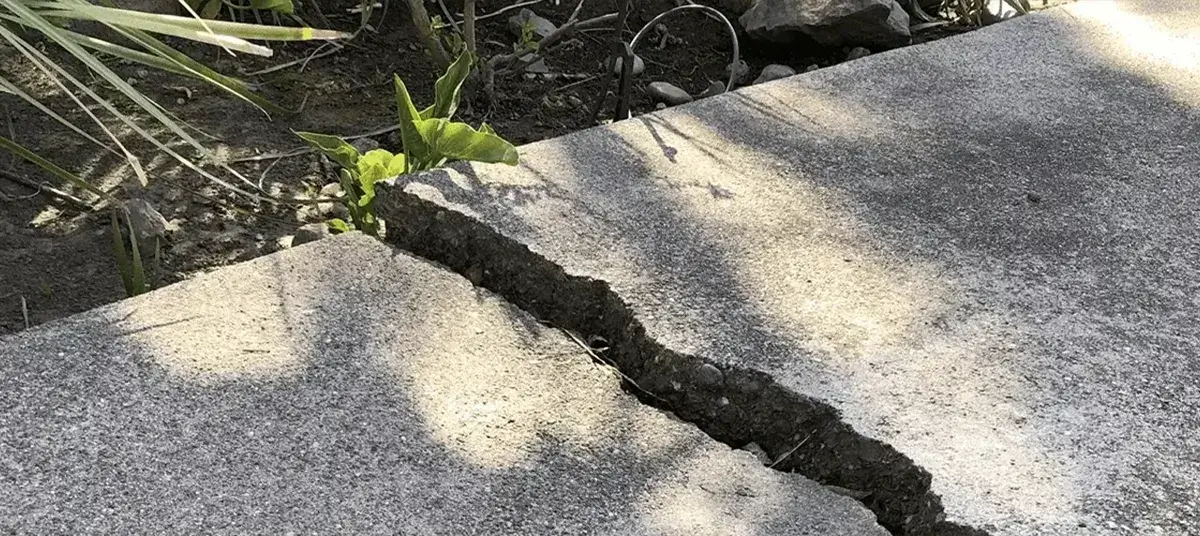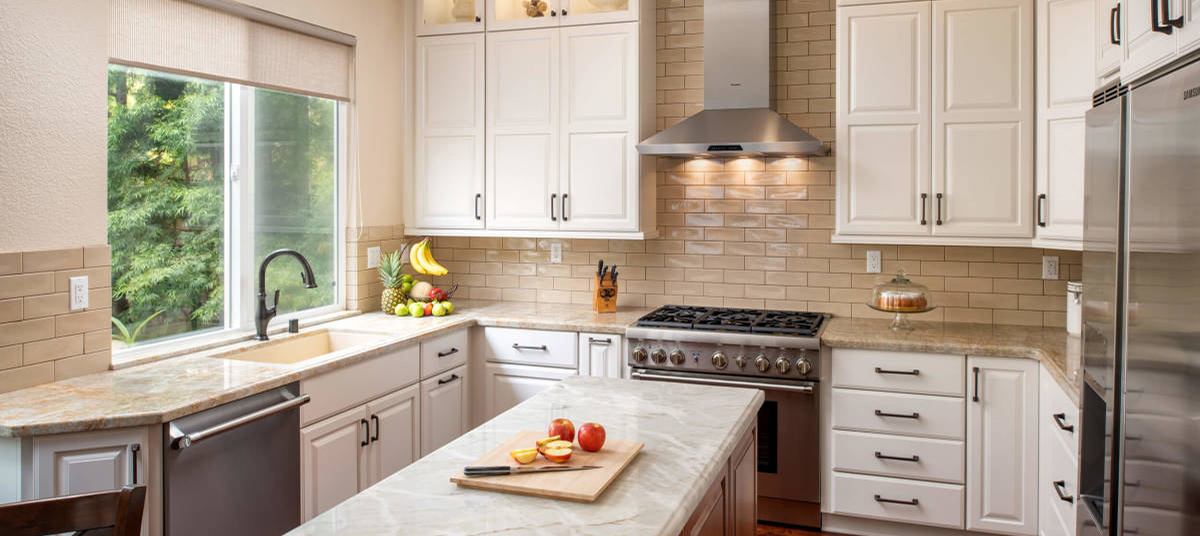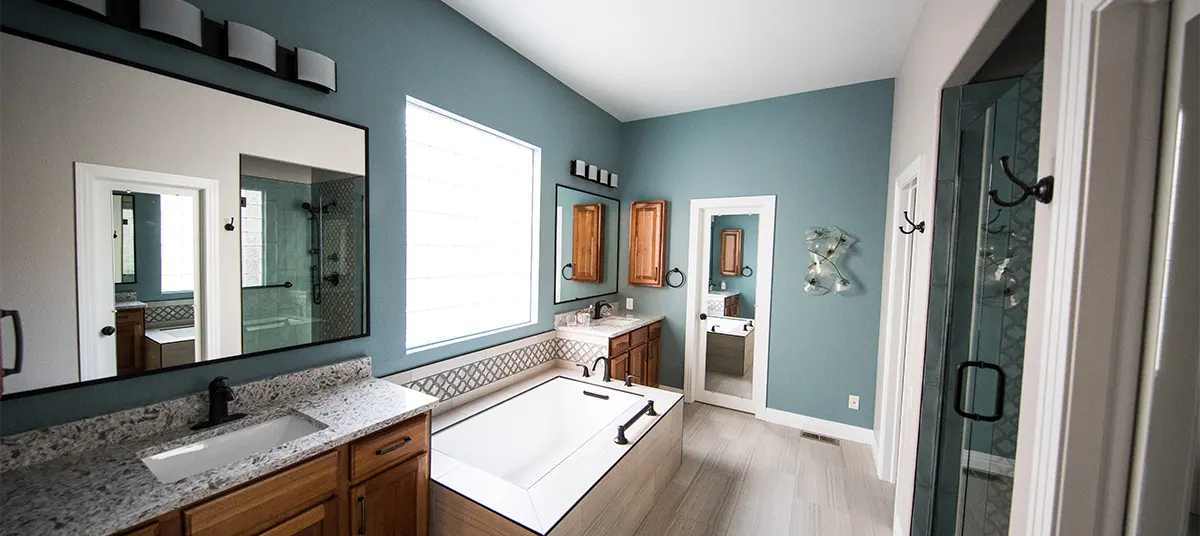Concrete Patio Repair - Five Techniques for Repairing a Concrete Patio
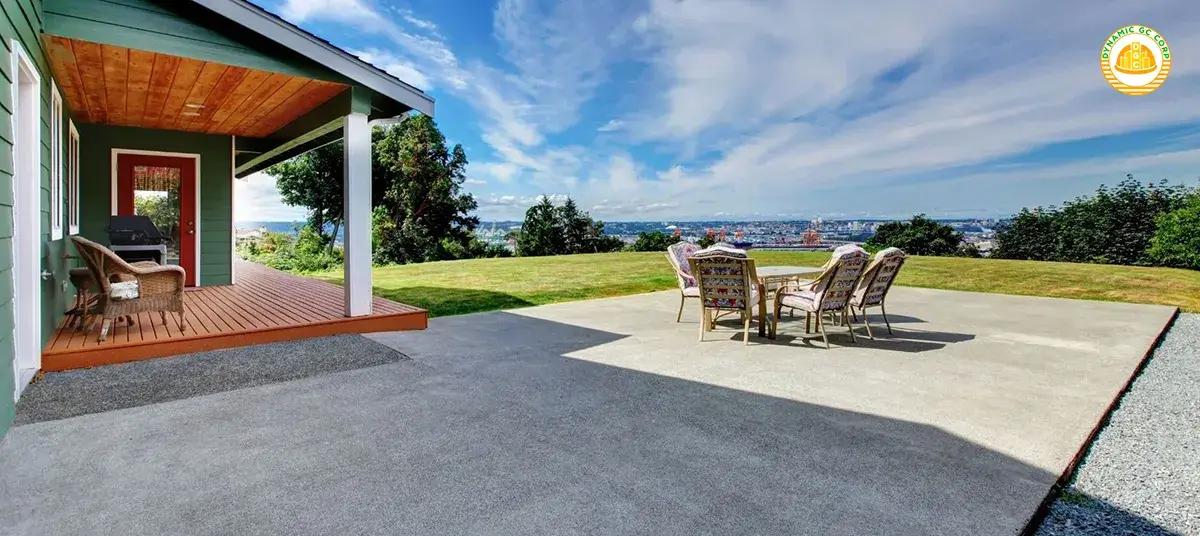
Don't worry if your patio has seen better days; you're not the only one. Although concrete is incredibly strong and long-lasting, seismic activities and freeze-thaw cycles can damage a patio surface. But what can be done about a patio that is deteriorating? Your problem will determine the best course of action. While some repairs are simple, others may require more work and expertise. Discover five of the most typical problems with deteriorating patios in the following text, along with solutions.
1. Use a caulk-based crack repair product to fill and seal common concrete cracks.
Your concrete patio most likely has a few surface cracks. Numerous factors contribute to this, including ground movement, unfavorable pouring conditions, and the inherent properties of concrete. But even though these cracks are common, that does not mean you have to put up with them. Flexible caulk-based products like epoxy concrete repair mortar work best for sealing and mending cracks. This caulk with an acrylic base is matte grey and textured to match the nearby concrete. Use a caulking gun to apply the product, and use a utility knife to trim the tip. Drill the crack open a little bit for hairline cracks (wearing safety glasses, of course) to make sure the substance enters the crack completely. After being filled, the epoxy concrete repair mortar can be troweled smoothly.
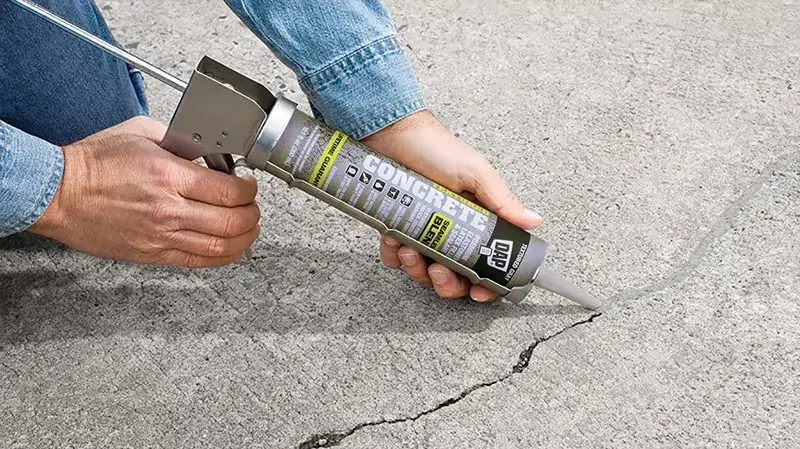
2. Use a concrete cleaner and patching material to straighten out deteriorating corners.
A corner that is chipped or crumbling is one of the most frequent patio problems that homeowners encounter. Age, water, and regular foot traffic all contribute to the degradation of these corners. They begin at a sharp, appealing angle and end up crumbly and rounded. Fortunately, there is a straightforward fix you can do on your own. The corner needs to be repaired, but before you do that, you need to give it a thorough cleaning so the repaired product will stick properly. Start by removing any loose debris with a brush. The damaged corner should then be cleaned with a Concrete & Asphalt Cleaner and a brush. Make sure to thoroughly rinse the area.
3. Cover your patio with pavers to update an outdated, unattractive area.
Like everything else, patios age and deteriorate. Pavers can be used to completely cover your patio, updating the appearance all at once. You can complete this project without hiring a professional, despite your initial assumption that it will be expensive. Pavers may seem difficult, but if you take your time and plan your pattern (starting at the corner that is closest to 90 degrees), it is a task that is doable. Products like Milano Pavers by Pavestone, for example, come in different sizes, making it even simpler for DIYers to create the layout and appearance of their dreams. Lay out your pattern, apply a little sand to pitch the patio surface away from the house for drainage purposes, and then glue the perimeter course (also referred to as a "soldier course") in place on the preexisting patio. Apply some polymeric sand, add some water, and then take pleasure in your new patio.
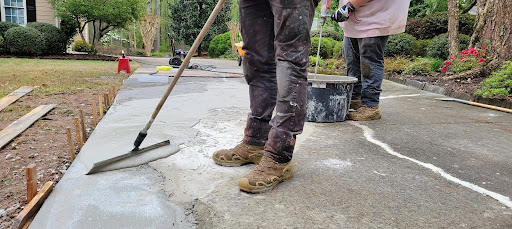
4. By resurfacing the slab, give your patio a smooth, new surface.
Horizontal concrete surfaces are prone to pitting, spalling, and cracking even though they don't rot. While paving the area is always an option, resurfacing the slab is a simpler and less expensive option. Any product made by a brand specifically for concrete repair can be used. Re-Cap Concrete Resurfacer is a powerful, long-lasting solution that covers unsightly patios with a smooth, uniform surface and is simple to apply. In order to ensure that all grease, oil, dirt, and other adhesion inhibitors are removed, start by thoroughly cleaning the patio surface with a 3,500 PSI pressure washer. Then, simply combine the product with water in the recommended amount until the mixture resembles syrup. Pour the Re-Cap onto the patio surface in small sections and squeegee it out evenly. After a short while, add a non-slip texture to the surface with a concrete broom.
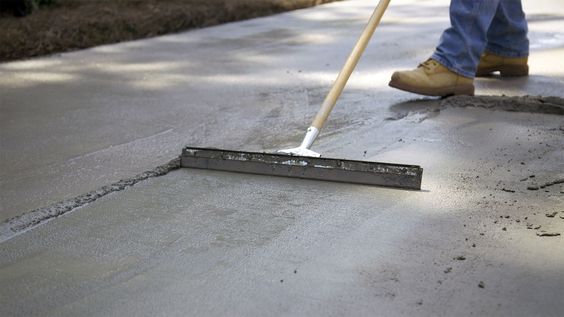
5. To keep expansion joints operating as intended, repair and seal them.
There are some good cracks and gaps in concrete surfaces. Expansion joints, the spaces made between two concrete surfaces during installation, are intended to allow the slabs to move or give them a place to crack beside the patio's field of play. To prevent plants, insects, water, and other unwanted objects from making cracks in their home and causing damage, it's crucial to fix and seal these joints. Cleaning the expansion joints is the first step in their repair and sealing. Clean the expansion joint of any debris, including dirt, dust, pebbles, and grit. Scrub the area with a scrub brush and any concrete and asphalt cleaner to get rid of any oil or grease that may be there.
Concrete Patio Repair Contractors in New York
Your home's concrete patio is an essential component. It is designed to be enjoyed for as long as your house is standing and to offer a space of comfort, sunshine, and relaxation. Patios can all too frequently be neglected as part of regular maintenance. As a result of this and normal weathering processes, the concrete slab that the patio is built upon deteriorates and is in critical need of repair. Cracks, uneven surfaces, slanting sides, and sunken depressions are examples of damage to concrete patios. Concrete patios may sustain damage like this due to a variety of factors. The soil may not have been sufficiently compacted in the first place, or it may have been affected by shifting sediment beneath the concrete patio, animals burrowing beneath the slab, or both. This idea might feel overwhelming.
However, our concrete patio repair specialists can visit your house, evaluate the damage, and offer you a quote at a reasonable price. The amount to be spent is determined by the number of square feet of damaged concrete. Our mission is to offer cost-effective, high-quality concrete repair services. We can use a wide range of materials and have designs that will work for you. To discuss your concrete patio repair project, get in touch with Dynamic Gc Corp. The concrete patio repair experts at Dyanmic Gc Corp are available to help.
